Release date: 2013-11-19
Many people who are alive and kicking will unfortunately become seriously embarrassed after an accident. Many of them will hear a sentence saying, "You can't stand up and walk again in the future." Although this diagnosis cannot be changed for many people, the latest research findings show that the actual exercise to restore the patient's athletic ability will no longer be the episode that can only appear in science fiction.
Researchers at Duke University have published their latest results on the Science Translational Medicine website, where they have implemented a brain-computer interface to train monkeys to control two virtual limbs. The rhesus monkeys in these experiments initially chose to use the joystick to manipulate their avatars, but then the brain-computer interfaces implanted in their brains were activated, allowing them to manipulate the avatars solely on their own minds. It was also the team that had successfully trained the monkey to control one arm two years ago, but controlling the two arms at the time was too complicated and needed to develop a new algorithm to interpret and filter those signals. In addition, the monkey brain itself has shown great adaptability to brain-computer interface training, thus finding new neural pathways for helping and improving monkeys to learn to move virtual arms. The researchers concluded that "these findings will help design a more advanced BMI index to enable human patients to use both hands."
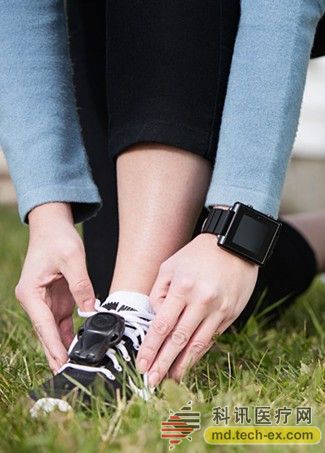
Diabetic peripheral neuropathy is a very serious condition that can cause unexpected damage until people lose the ability to feel their feet. The Orpyx Medical Technology Company from Canada has developed a new technology that can detect foot pressure levels, and the SurroSense Rx System is now available in the US.
The system consists of two inserts in the shoe - a built-in pressure sensor, a special wristwatch, and two devices that connect the watch and sensor to the top of the shoe and the pods. As the user moves daily, the insertion device continuously monitors and displays her pressure level on the watch. If the pressure level reaches a dangerous level, the watch will sound an alarm.
All data can also be uploaded to the Orpyx web account and saved for future use.
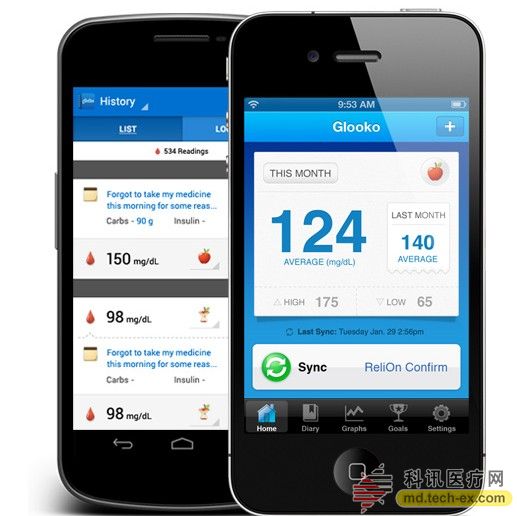
Glooko has released an Android version of the diabetes management system that connects your blood glucose meter and manages blood glucose data through your smartphone. The system has been used in the Apple iOS system for some time, and now the Android version is finally available. This version has been approved by the US Food and Drug Administration and is compatible with 24 blood glucose meters and 16 Android devices. This app is currently available for free download at the Google Store, but the connection line costs $39 as the iOS version.
This MeterSync cable is connected to the audio jack of the phone and the other end to the meter. The optional USB active data cable is connected to the meter via a micro USB connector, and you can then download the blood glucose readings to your Android device. There you can view the blood glucose readings recorded in time from one or more blood glucose meters. These data can be labeled with lifestyles such as “food intake,†“drug use,†“exercise,†and “other health issues,†and can be shared with healthcare providers or viewed online.
According to MobiHealthNews, who has personally interviewed Glooko CEO Rick Altinger, Glooko's long-term plan is to abandon the data line and fully wirelessly connect to the smartphone via Bluetooth, but third-party blood glucose meters are currently out of the task. At the same time, Glooko is working on a device that can be wirelessly connected to a smartphone by plugging in a blood glucose meter, which is expected to be available next spring.
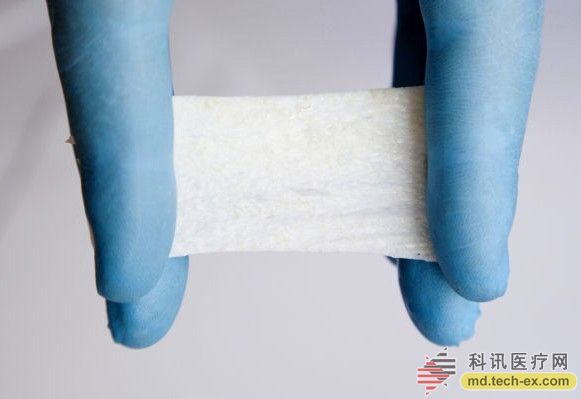
Kerecis Co., Ltd. from Iceland has recently been approved by the US Food and Drug Administration to apply the MariGen Omega3 tissue regeneration technology developed based on fish skin to the healing of chronic wounds caused by diabetes or other circulatory conditions. MGO products are fish skin tissues that have been decellularized but still carry nuclear antigenic extracts. They are similar to human skin but contain Omega 3 unsaturated fatty acids that are believed to promote wound healing and other health benefits.
The company said at a press conference that nearly 6 million Americans each year have chronic wounds due to diabetes or other circulation problems, delaying the healing of these wounds can lead to serious consequences, such as amputation or even death. Chronic wounds do not follow the healing process of conventional wounds, ie, after inflammation, spread and then regenerate. For chronic wounds, their healing process stays in the inflammatory phase. When the MGO skin is transplanted onto a chronic wound, it awakens the tissue responsible for the wound healing process.
This natural omega 3 fatty acid contained in the skin can help shorten the inflammatory process and serve as a scaffold for angiogenesis and particle count. In this case, the wound will generally heal naturally, and the skin will eventually be converted into living tissue. These fish skins that make up MGO products come from salmon that are farmed in the northern Atlantic Ocean on the northwest coast of Iceland. Compared to current porcine skin grafts, Kerecis's skins will reduce the risk of disease and better promote manufacturing, while also breaking cultural and religious barriers to pig-related technology.
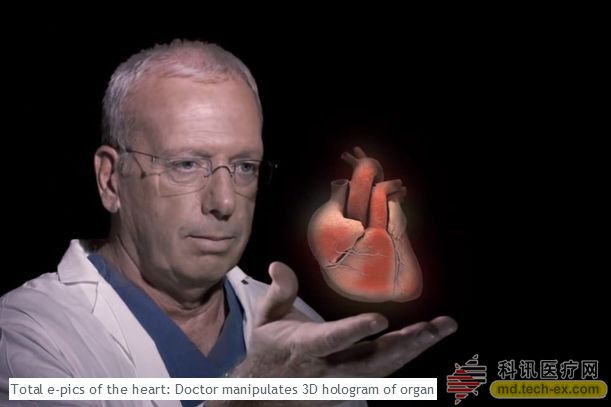
According to reports from the Mirror website, a surgeon turns the 3D heart map floating in front of the eye, and then finds a place to cut a hole, just like personally treating the patient. Such a scene sounds only in science fiction movies, but now it has become a big invention in heart surgery - virtual images.
As a member of the research and development team of this advanced projection system, Dr. Elchanan Bruckheimer said that the significance of this technology is to achieve the interaction between people and images. Whether it's using a knife to open, mark, zoom in, or even go deep into the structure, you can scan the resulting data to create a computer screen image and construct a 3D space heart. The emergence of this new technology will play a special role in minimally invasive surgery, including the repair and replacement of heart valves. Because so far, most computers can only provide two-dimensional images to surgeons.
This technology has been successfully applied 8 times so far, developed by technology giants Philips and RealView Imaging.
In this way, doctors will no longer have to go through the difficulties and carefully touch the heart with their hands, but only see the heart through medical imaging equipment. The promotion of this technology in the field of surgery will also bring the gospel to patients.
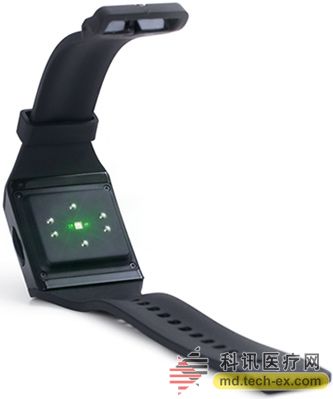
Basis, a fitness tracking device manufacturer from San Francisco, recently introduced a new software and firmware called "Body IQ" to further upgrade the tracking function based on the original B1 surveillance wristband.
This Body IQ technology allows the B1 wristband to track user activity in real time and continuously display monitored fitness data. This technological advancement also allows the wristband to distinguish between walking and jogging, and to quickly switch to monitoring status as the user begins to ride a bicycle. The user does not need to manually enter the type of activity in progress, or enter any calorie calculation data into the surveillance wristband. The ability to automatically detect motion types and calculate calorie consumption makes this Basis B1 one of the most sophisticated wrist monitors on the market today.
Other popular fitness trackers on the market, such as Fitbit Force or Nike's Fuelband, can only monitor the number of steps taken, while activities such as cycling, which cannot be counted by steps, require manual input of data. The Basis B1, loaded with the latest Body IQ technology, also automatically monitors the user's sleep or wake up status. At the same time, the monitor also supports the aggregation of motion data via a dashboard on a computer or smartphone. On the dashboard, users can not only see the burning of their calories, but also track sweating and skin temperature during different periods of exercise.
In addition, the new technology introduces two new exercise habits - "Sports Club" and "Riding Club" - to provide daily exercise goals and automatically update weekly to help you maintain your perseverance and motivation. The user gets the score by completing the goal and starts a more challenging "habit".
The device currently has a market price of $199.
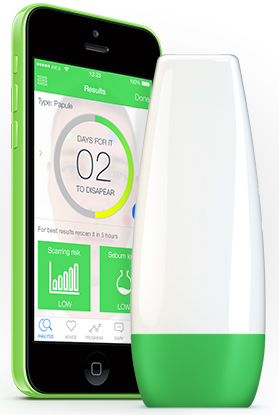
A mySkin company from Jersey City has recently developed a skin image sensor called ScanZ to help users find acne and pimples through their mobile phones. The company showed off the application on TechCruch last week and is funding it for the next step. This patented invention obtains an image of acne by illuminating the skin with beams of different wavelengths. The collected data is then further processed by the mobile phone program, using image processing algorithms to analyze these acne and acne.
After scanning the acne on the user's skin, the app asks the user a set of related questions about the use of the diet and skin care products. Then, according to the specific algorithm of the world-famous medical institution, Mayo Clinic, the dermatologist's solution to the skin problem is reconstructed, not only providing treatment advice, but also predicting when acne will disappear. And this app will continue to lick the overall acne status and skin care habits of the total user, and continue to make more and more appropriate suggestions.
The device is priced at $249, and the target group is the parents who want to help their children in the acne war.
Source: Yingshe internet2share
Zinc enhances immunity
Now we have 3 GMP standard workshop, Meanwhile, the factory is equipped with the researching and quality inspection centre, with strong technology research and development strength. We also have 3 salesdepartments over 30 people and sell our products all over the world.
Zinc is only 0.003 percent of your body weight, or about 10 grams in an adult's body. 90% of zinc is stored in muscle and bone, while the remaining 10% plays a critical role in blood.
Zinc is one of the microelements in the body. In recent years, the most eye-catching one is the function of zinc in immunity. Human zinc deficiency, there will be a number of lymphocyte depression, reduced blood immunoglobulin, natural antiseptic function abate, skin immunity test reaction reduce metabolic problems, as a result of clinical pneumonia, beads coccus infection, even the common cold, at ordinary times can take some preparations of zinc supplementation to complement in time, improve their immunity.
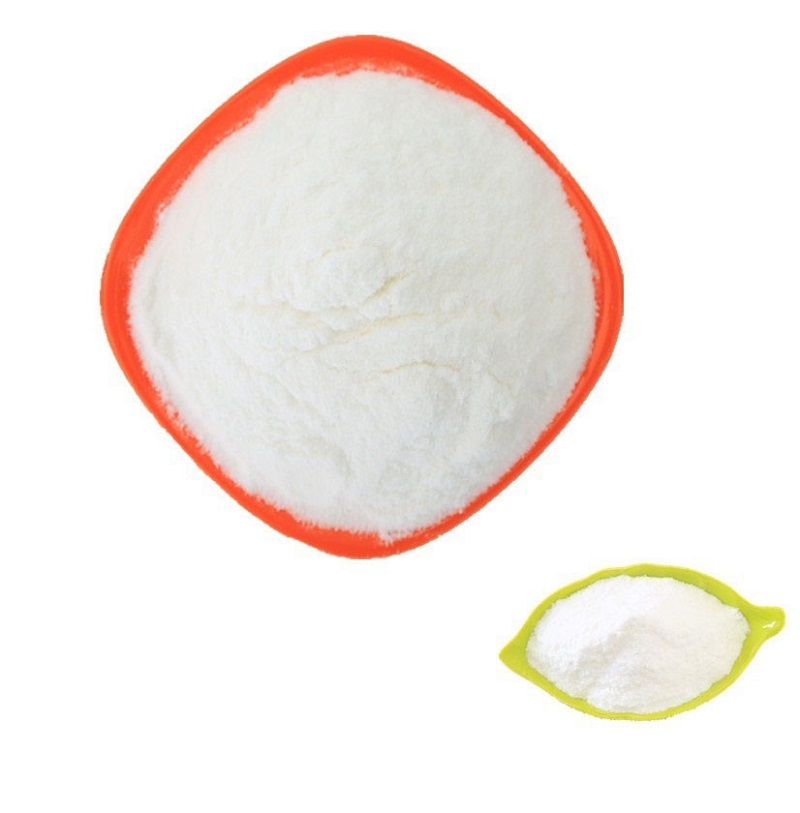
For customer`s needs, OEM service is also acceptable. If you have a good idea in new product production but lack of laboratory device and human resource, we are glad to solve this problem for you. Sincerely hope to strengthen exchanges and cooperation with friends from both home and abroad.
Protective immunity Powder,Bulk Calcium glycinate Powder,Calcium propionate Powder
Xi'an Henrikang Biotech Co.,Ltd , https://www.henruikangbio.com